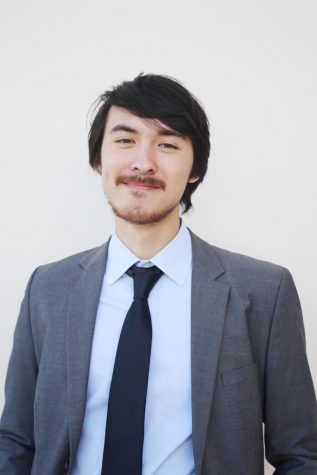Though increasing undergraduate Hispanic enrollment from 20.3 percent in fall 2016 to 21.5 percent in fall 2017, administration seeks to meet requirements to qualify for recognition as a Hispanic Serving Institution.
BECOMING A HISPANIC SERVING INSTITUTION
The Department of Education requires institutions applying for HSI recognition to meet certain criteria, including having a minimum undergraduate full-time equivalent enrollment of 25 percent Hispanic students. In 2016, 415 HSIs, including Vanguard University and Fresno Pacific University, were eligible to receive grants for new programs and initiatives. Admissions has taken some measures to meet the same requirement.
For instance, in fall 2017, admissions redrew recruiting territories to group and put more focus on areas where Biola has historically drawn in Hispanic students, according to assistant director of multi-ethnic outreach Belinda Aleman. Admissions also plans to increase its efforts to reach out to Spanish-speaking churches and publish more of its marketing material in both English and Spanish.
“I think it’s a step in the right direction,” Aleman said. “I think [diversity is] something on the minds of higher-ed administrators everywhere, Christian and non-Christian. But certainly as a Christian university, I feel like we have a higher calling to represent the kingdom of God in all aspects.”
Besides the financial benefits, earning recognition as an HSI would allow Biola to pursue its long-term aspiration of building a cross-cultural community, according to director of intercultural education and research in the division of diversity and inclusion Walter Augustine.
“It fits into Biola’s mission and aspirations, in terms of just going back to Lyman Stewart’s statement back in 1913… [about] Biola being a place that is welcoming and open to all regardless of race, class, color or creed,” Augustine said.
Augustine believes Biola currently serves Hispanic students by providing resources offered through the Mosaic Cultural Center and affinity groups. Recent initiatives, such as the FirstGen Scholars Program, also serve both Hispanic students and the Biola community as a whole, according to Augustine.
“With Hispanic Serving Institutions, it’s designed not just to serve Hispanic students but it’s designed to help all students,” Augustine said.
INTENTIONAL PURSUIT OF STUDENTS
Talbot professor of Christian Higher Education Octavio Esqueda, approves of the progress Biola has made in attracting and serving Hispanic students. For instance, he recently had the opportunity to co-teach the first Integration Seminar entirely in Spanish last semester. The class attracted so many students that it closed, according to Esqueda.
However, Esqueda also believes Biola should become more intentional when seeking Hispanic students by building relationships with communities in which people do not know about the university, as well as hire more Hispanic faculty.
“Even though I’m a Hispanic professor, I’m not necessarily advocating for bringing more people like me because that would make me feel better. I think we should reach everybody because that’s our Christian duty,” Esqueda said. “We live in a context where the demographics represent a certain type of people that we’re not reaching, so for me that’s a big problem.”
As administration proceeds with its considerations, Esqueda believes Biola should move forward with its plans to become an HSI.
“I’m glad there’s people thinking about it. We’ve just been thinking about it for way too long. Now it’s time to put it in action,” Esqueda said.








